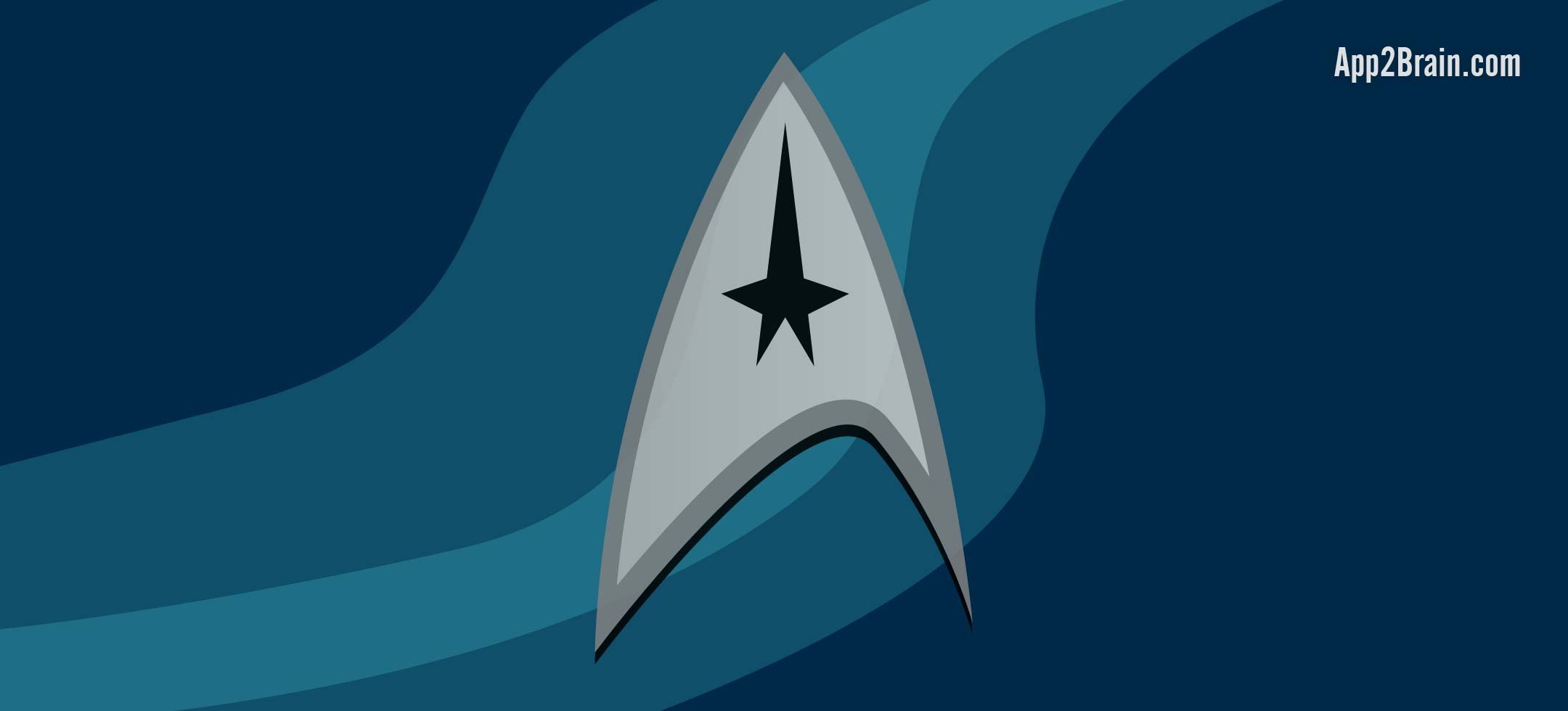
While Star Trek and linguistics are not necessarily an obvious pair, the writers and creators of Star Trek have had their fair share of language exploration. Most know of the created language Klingonese, expanded over the years and now boasting fluent speakers. Another, less known but arguably more fascinating linguistic exploration: the use of allegory as a primary function of speech in the Tamarian language.
For those of you unfamiliar with this reference, in an episode titled Darmok of the fifth season of Star Trek the crew encounters a species that they are frustratingly unable to communicate with.
They learn, however, that the species uses metaphors, allegories, and their past history to craft their language. The allegory “Darmok and Jalad at Tanagra” was understood by the end of the episode as a reference of two wanderers meeting by chance to defeat a common enemy.
The Tamarians use their common culture, mythology, history, and allegories to describe their world. Drawing from their past, the Tamarians are able to construct a view of life around them in terms of similar instances noted in their history.
This isn’t uncommon in languages around the world; constant references from history and terms that have a cultural meaning are used in nearly every language across the globe. The difficulty of non-literal translation is often troublesome for new learners.
While this presents an interesting phenomenon for linguists, this concept points out that learning a language is not simply learning new sounds to familiar objects. To learn a language is to understand the culture and concepts behind colloquialisms and common phrases.
While the Tamarian culture is focused more on how the world works, rather than direct translations, there are similarities in languages across the globe. For example, in Icelandic we have an insult Kúkalabbi that is the equivalent to “scumbag” in English. However, directly translated the word becomes “poop on two legs”. Consider also the German term for elevator, “Fahrstuhl” is directly translated as “go-chair” because of their original construction. Not entirely helpful.
While the Tamarian language is an extreme case, it still serves to highlight the occasional shortcomings of direct translation in the languages we earthlings are more likely to learn in our everyday lives.
Do you know any other funny direct translations? Or if you are a Trekkie, do you know about any other linguistic references in the series? Please let us know in the comments below.
App2Brain helps you get started learning a new language fast with helpful free resources for language learners.





Leave A Comment